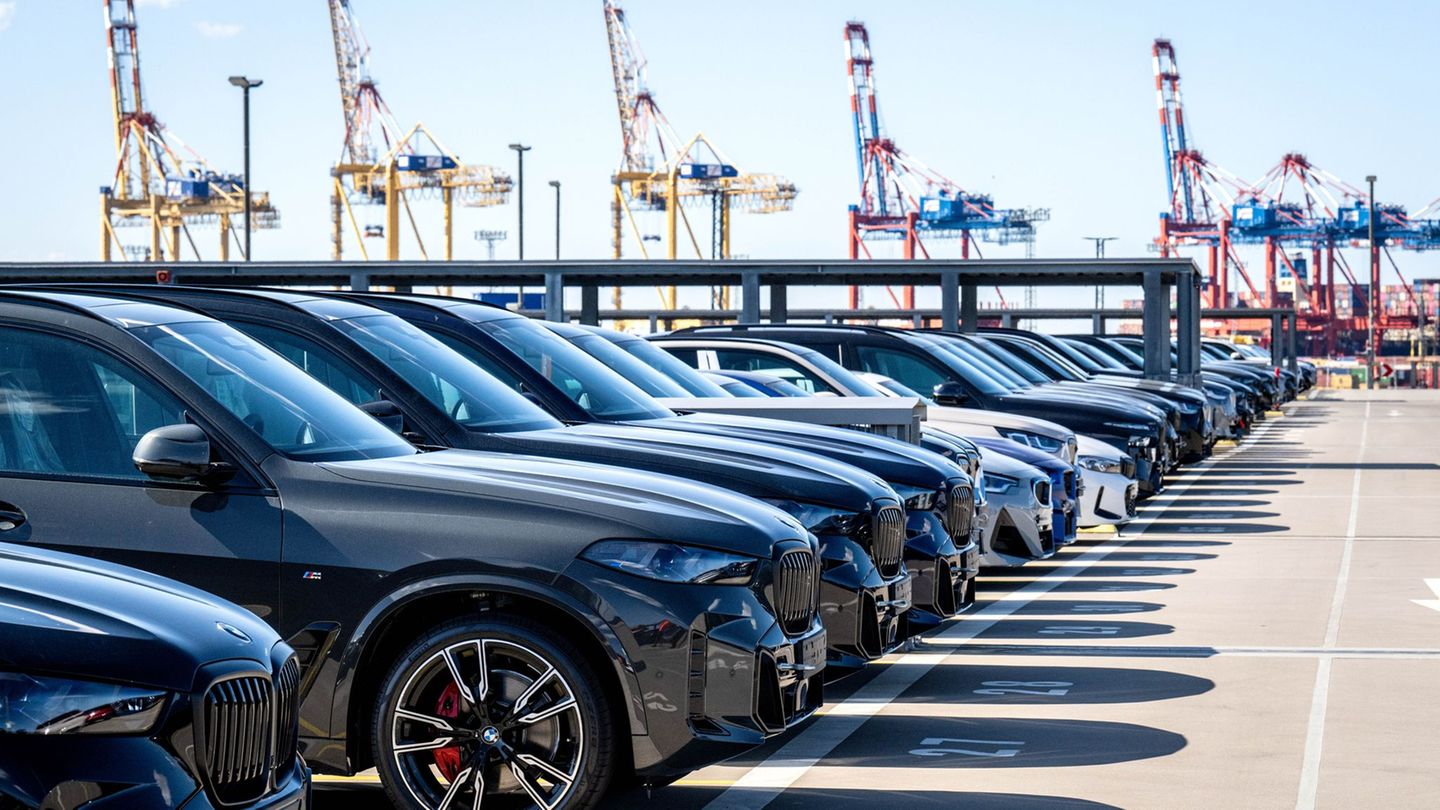Hundreds of thousands of apartments are missing in Germany. But the construction industry is in a deep crisis. At least the number of new buildings has not collapsed.
With around 295,000 new apartments, a similar number were completed in Germany as in the previous year. The German Press Agency learned this from informed circles on Thursday. Table.Media first reported on it and cited industry circles with reference to current figures from the Federal Statistical Office. When it started, the federal government set a target of 400,000 new apartments per year.
Nevertheless, Federal Construction Minister Klara Geywitz (SPD) said: “If the figures now reported in the media are confirmed, it would be a strong performance by the construction industry, which shows that the industry is getting through the crisis in a stable manner and job losses are being avoided.” The construction completion figures will not be published by the Federal Statistical Office until next Thursday.
Construction industry calls for lower property transfer taxes
Construction projects have become significantly more expensive in the past two years due to the sharp rise in loan interest rates and construction costs. Green construction expert Christina-Johanne Schröder called almost 300,000 new apartments “good news from the construction and real estate industry after the interest rate shock.” The traffic light coalition is fighting against housing shortages and skyrocketing rents. “It is therefore pleasing that more apartments were built than expected.”
From the perspective of the real estate industry, however, “the drama of the housing shortage” should not be underestimated. “We are not yet close to the point where production figures are making up for the ever-increasing housing gap,” said the President of the leading association of the real estate industry ZIA, Andreas Mattner. Slumping numbers in project developments are also yet to really have an impact. As recently as April, the industry complained about a lack of new orders and cancellations of projects that had already been planned.
Mattner warned: “The more the state exercises restraint, the more decisive investors can and will be in building housing.” The ZIA president criticized countries with high property transfer taxes of up to 6.5 percent. The share of government guidelines and requirements in the costs of new housing construction is a total of 37 percent, complained Mattner.
Study: 800,000 apartments are missing
The ZIA recently estimated the new construction gap in Germany at 600,000 apartments and warned that without corrections this value could rise to up to 830,000 apartments in 2027. According to a study by the Arge construction research institute, construction costs have risen by 42 percent in large cities over the past four years. At the same time, building interest rates rose. According to Arge, there is already a shortage of around 800,000 apartments in Germany – especially affordable ones.
The construction and expansion industry is at best cautious about the near future. Sales will only increase by a minimal increase of 0.6 percent this year, said the chairman of the Federal Construction Industry Association, Marcus Nachbauer. The association expects a decline in sales of 4 percent for the main construction industry. According to Nachbauer, the decline in the main construction industry is due to the falling demand for new residential construction. Building permits for new apartments fell by almost 27 percent in 2023. The more important the new residential construction business is for a company, the greater the challenge.
Impulse for the energy transition
Nachbauer sees better interest rate support as one of the best levers to boost housing construction. A bright spot is the area of building technology and services. A sales increase of 5 percent to 195 billion euros is expected here, boosted by the energy transition. “Inspiring impulses in the electrical engineering trade are the installation of storage and solar systems.”
According to Federal Construction Minister Klara Geywitz (SPD), municipalities and home builders should in future use the appropriate climate-friendly energy source for heating. “It is important not to overlook potential energy sources,” said Geywitz on Thursday in Berlin. Heat pumps are an option, but not suitable for everyone.
Geywitz reiterated that she was critical of the actually planned increased efficiency standard – called EH40. EH40 means: a requirement of 40 percent of the energy of a comparable building. Compliance with this often requires expensive, complex construction work. According to Geywitz, it is better to look at the so-called life efficiency of a building. This is what the existing state quality seal “Sustainable Building” does.
Source: Stern




